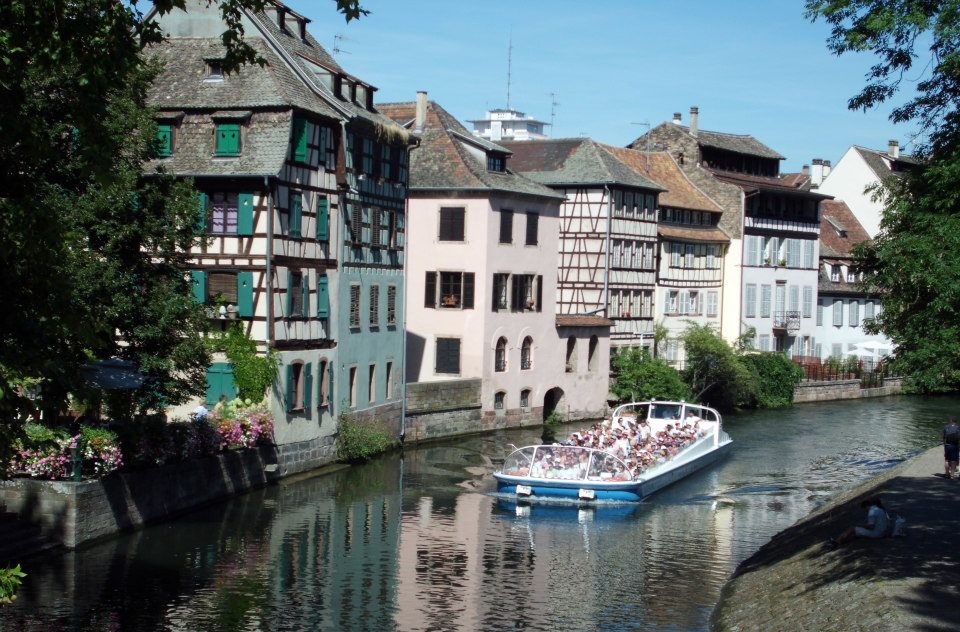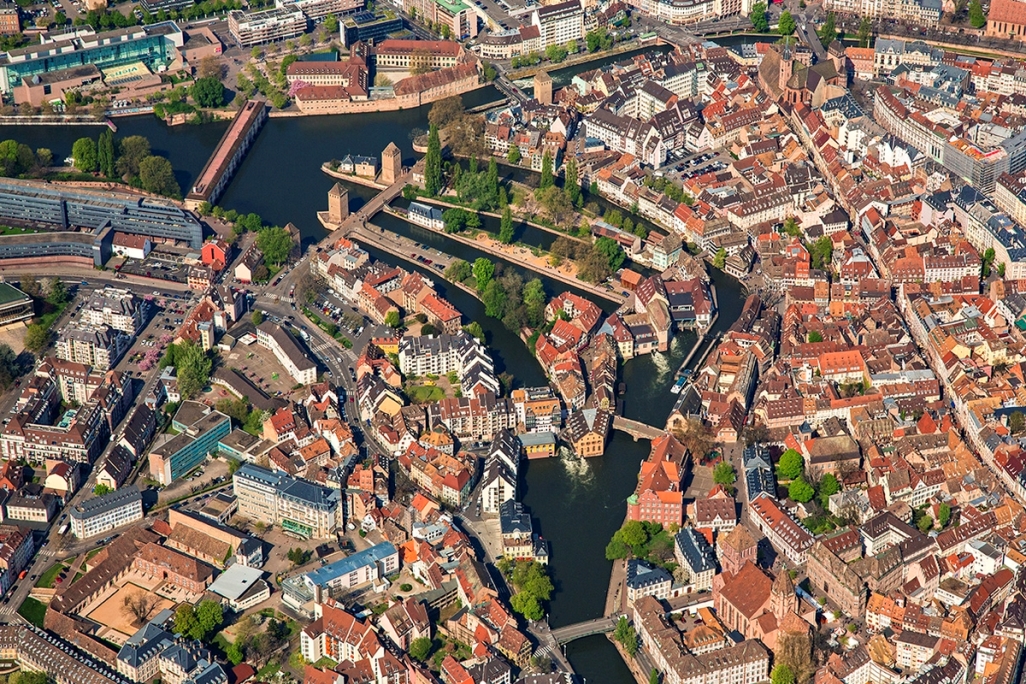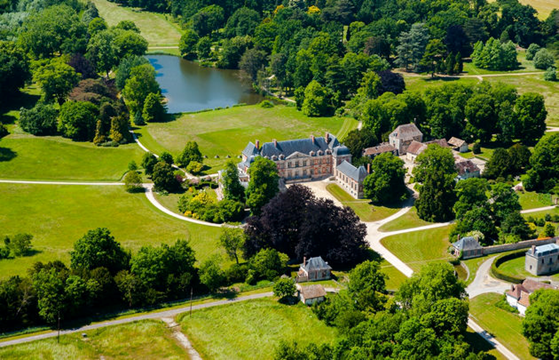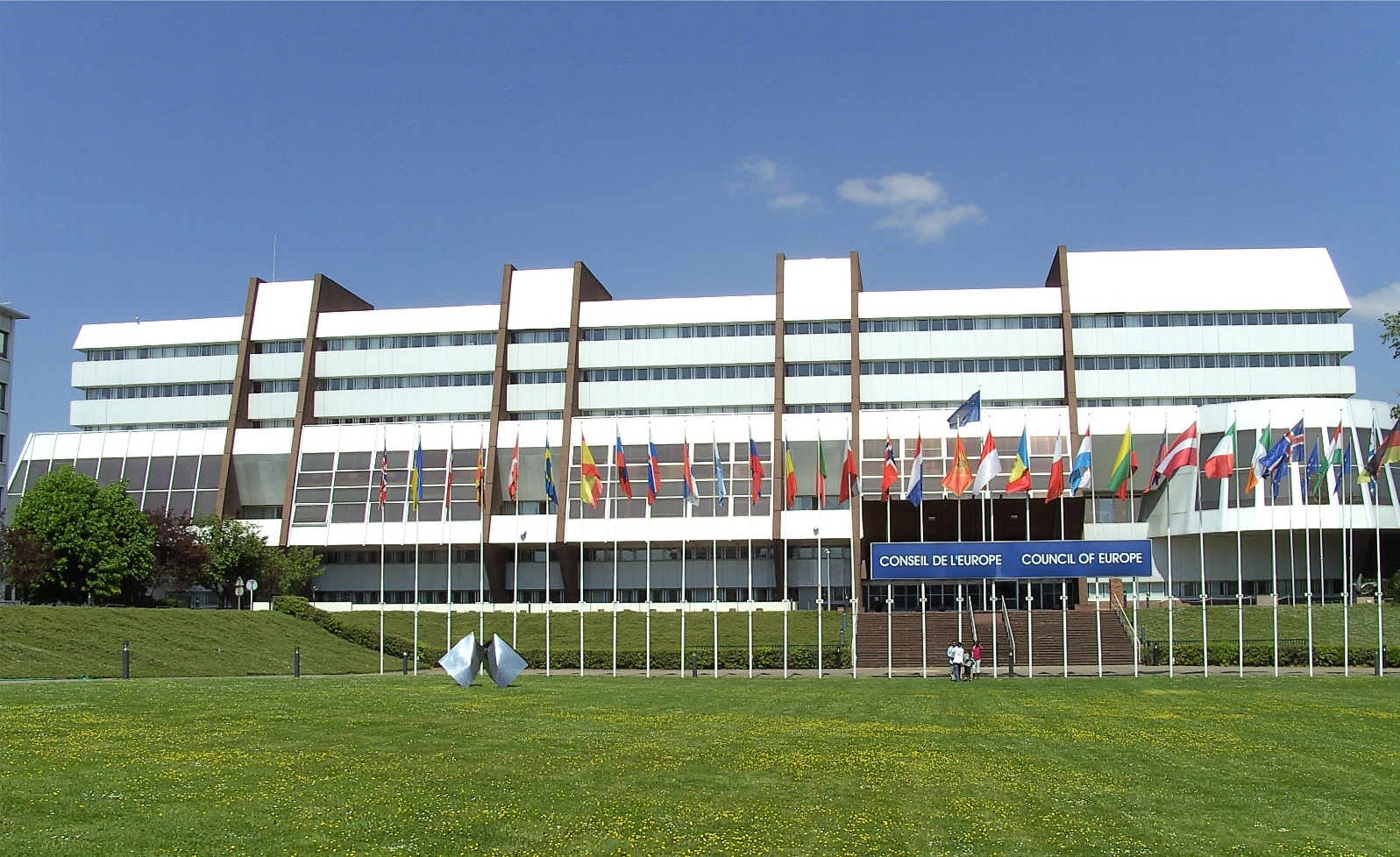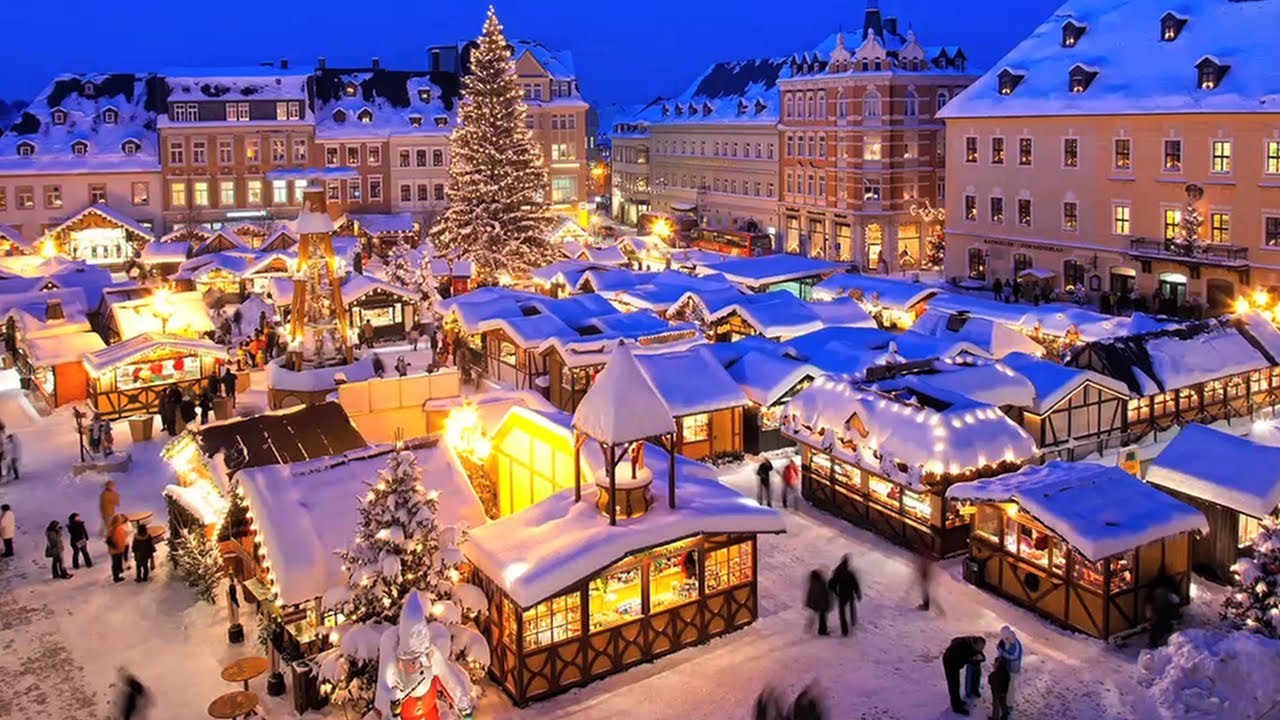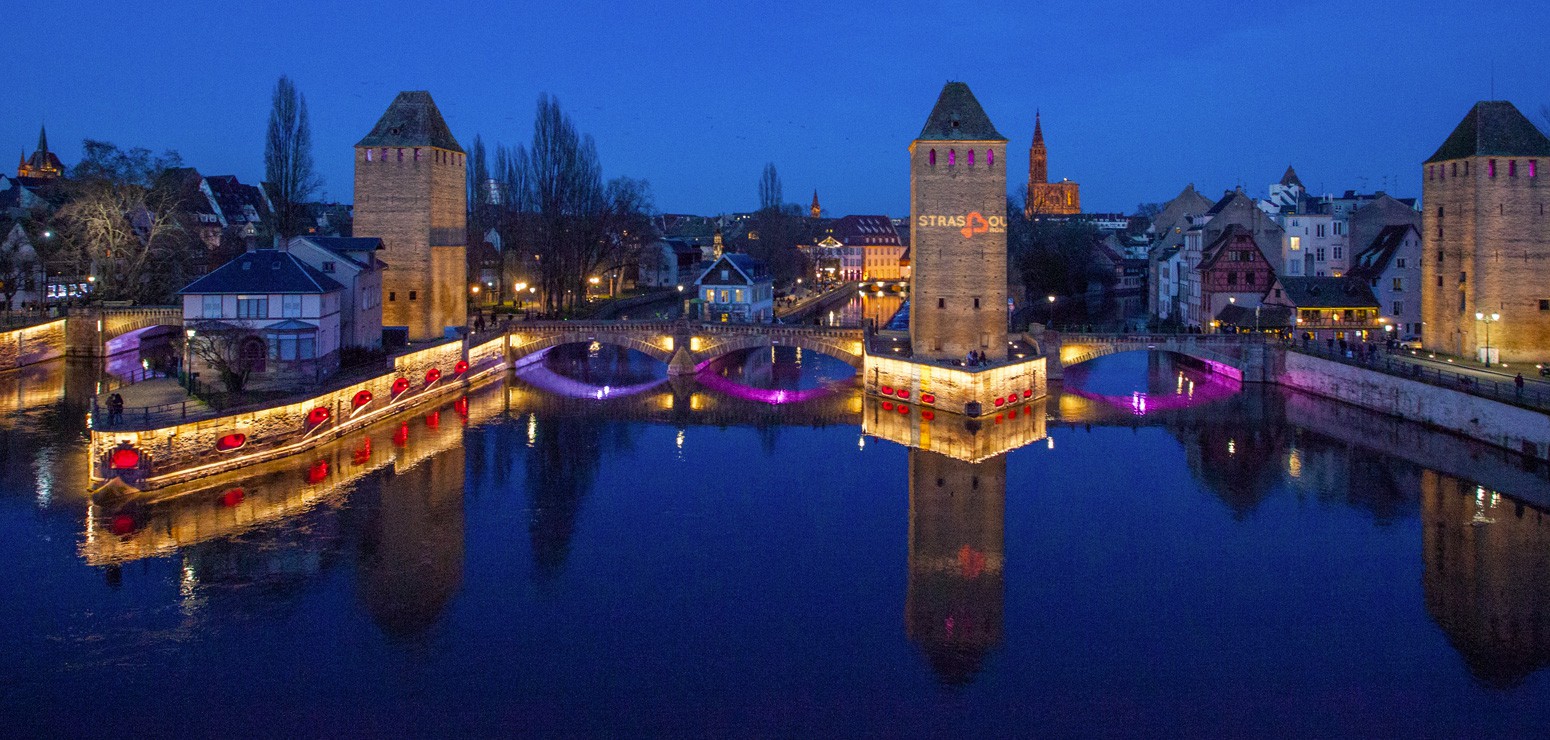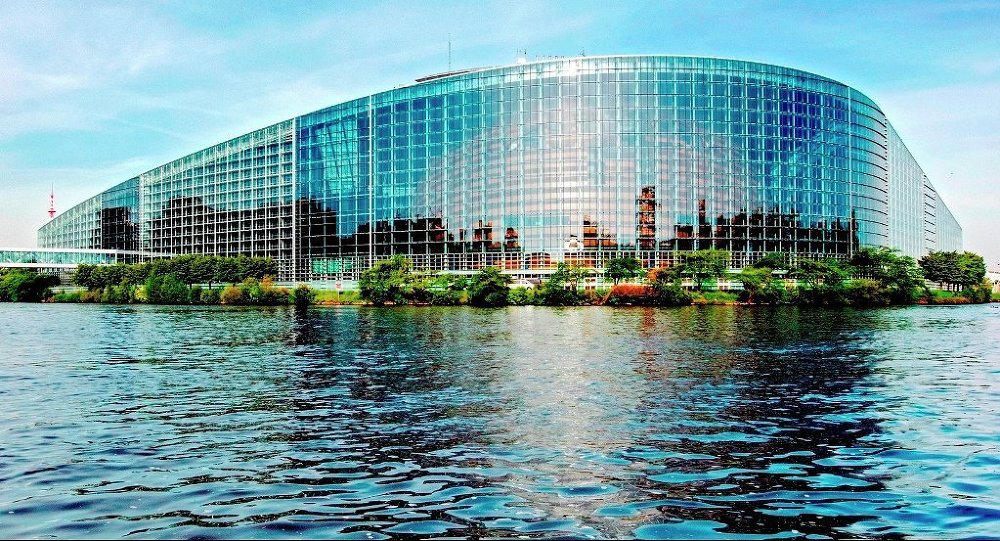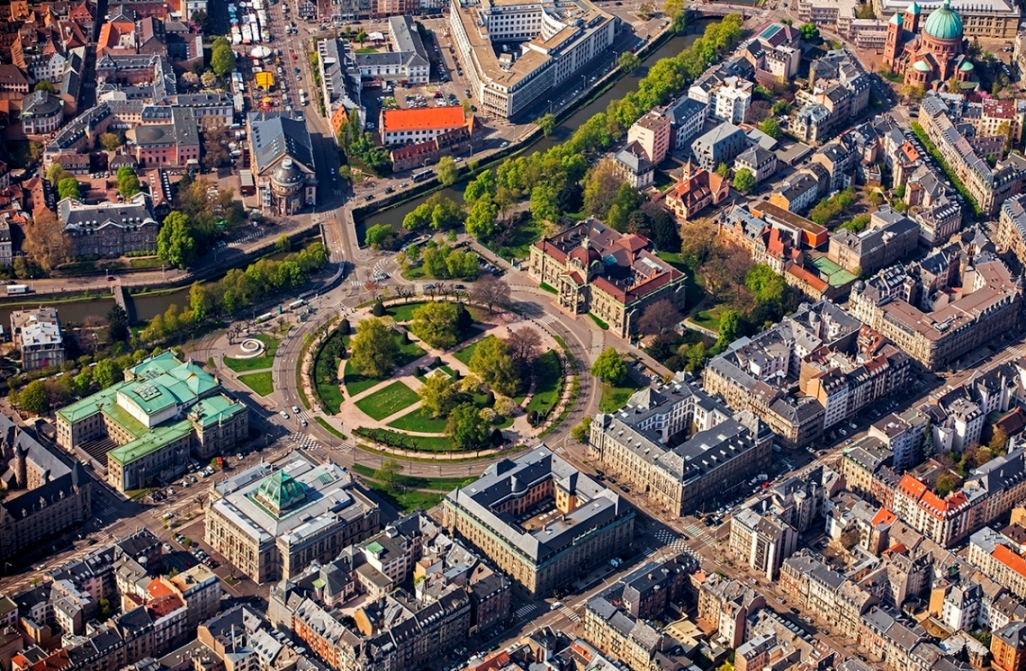
|
|
|
General information about city of StrasbourgStrasbourg's 2000 year’s history has taken it from being a prosperous merchant city to its current position as capital of the peoples of Europe, from a centre for humanist thinking to a thriving hub of creators and entrepreneurs. With its blend of cultures, innate tolerance, ecological awareness and embodiment of the European spirit, Strasbourg is a highly attractive, yet contemporary city and a multifaceted image, which is the basis of its originality. Strasbourg, capital of Europe, has a historical and architectural heritage that makes it the richest city in Europe. The city center is part of UNESCO World Heritage where a number of historical buildings are present. The urban heritage is part of the conurbation's appeal and prestige. Maintaining and enhancing this heritage is an integral part of the city's daily tasks. It also forms the basis for urban projects for shaping the city of the future. In addition, the museums of the city are particularly rich and interesting. Strasbourg is obviously unavoidable not only for its monuments, but also to capture the different faces of Alsace region along the border of Germany. Strasbourg holds a keen place in European memory as a flashpoint in tumultuous history, but whereas in the past empires collided, now Europeans cooperate in the historic city. So Strasbourg not only has so much going for just because of its history and heritage but also as the formal seat of the European Parliament and other international institutions located in Strasbourg. Its position at the Carrefour of Europe creates a thriving, cosmopolitan vibe that combines the best of both worlds, old and new. Visiting the official seat of the European Parliament is a great way to understand the world’s largest transnational parliament and to find out about its powers and role. Major sightseeing in Strasbourg With castles in the Vosges foothills, the blockhouses of the Maginot Line, the Vauban fortifications listed as World Heritage by UNESCO, not to mention Strasbourg and its Grande Ile, in Alsace more than anywhere else heritage is alive and well and waiting to be discovered. An impressive combination of French and Germanic cultures, the richness of our troubled past is etched on the Alsatian landscape. The city of flowers, gardens, canals, port and a hub of academic actives, the city has many places of attraction for tourist and other visitors. The most important sightseeings which can make your day during your visit of Strasbourg are given as given below. This information is shared from website of Planet ware https://www.planetware.com/tourist-attractions-/strasbourg-f-a-stu.htm, Alsace Passion http://www.alsace-passion.com/strasbourg.htm and Touropia https://www.touropia.com/tourist-attractions-in-strasbourg/ with and acknowledgement. Cathédrale Notre-Dame de Strasbourg This impressive Cathedral built out of red Vosges sandstone took several centuries to complete and displays a range of architectural styles-from 12th-century Romanesque to 15th-century Late Gothic. In the south transept stands the “horloge astronomique” (Astronomic clock), a Renaissance astronomical clock. This masterpiece of timekeeping entertains visitors with a parade of the apostles every day at 12:30pm. Quartier des Tanneurs (La Petite France) The most atmospheric section of Strasbourg's historic center, the Quartier des Tanneurs has a charming Alsatian character. This district is part of the Grande-Île (a large island surrounded by the River Ill) that is a UNESCO World Heritage Site. Also known as "La Petite France," the Quartier des Tanneurs delights tourists with its winding maze of canals and narrow, old streets lined by perfectly maintained half-timbered houses. During the 16th and 17th centuries, the neighborhood was home to the city's leather tanners and fishermen.
Eglise de Saint-Thomas The Church of Saint-Thomas is located on the site of an ancient church built in the early 6th century, dedicated to the Apostle Saint Thomas. After being destroyed by fire, the Church of Saint-Thomas was rebuilt in the 12th century. Strasbourg residents fondly call this church the "petite fille de la cathédrale" ("daughter of the cathedral"). Eglise Saint-Pierre-le-Jeune The Eglise Saint-Pierre-le-Jeune was founded in the 7th century as a Merovingian chapel. In the 11th century, the chapel was turned into a Romanesque church and that was transformed into a Gothic-style church during the 13th and 14th centuries. Maison de l'Oeuvre Notre-Dame In 1349, the workers responsible for the maintenance of the cathedral established the Maison de l'Oeuvre Notre-Dame. The east wing of the building is the oldest part (and was renovated in the 16th century), and the west wing was built from 1579 to 1585. Today, the building houses the Musée de l'Oeuvre Notre-Dame, which has one of the finest collections of European medieval art. The collection represents seven centuries of art created in Strasbourg and the Upper Rhine region. Palais Rohan (Musée des Beaux-Arts and Musée des Arts Décoratifs) The elegant 18th-century Palais des Rohan was the former residences of the Bishop-Princes from 1732 to 1742 (until the French Revolution). The rest of the immense building houses three exceptional museums. Located on the first floor of the Rohan Palace, the Musée des Beaux-Arts (Museum of Fine Arts) has an excellent collection of paintings by Italian, Spanish, Flemish, Dutch, and French masters from the Middle Ages to modern times. Musée Alsacien (Alsatian Museum) Located in a patrician house built in 1620, the Alsatian Museum displays a collection of folk art, furniture, costumes, and domestic items. Visitors can view thousands of objects that offer an insight into rural Alsatian life in the 18th and 19th centuries. Place du Marché-aux-Cochons-de-Lait (Suckling Pig Market Place) Near the Maison de l'Oeuvre Notre-Dame is the picturesque Place du Marché-aux-Cochons-de-Lait, one of the city's most charming squares. The square takes its name from the ancient market where suckling pigs (an Alsatian culinary specialty) were sold. Farther west is the Grande Boucherie, built in 16th century as a meat market, which now houses the Historical Museum. Quartier Krutenau One of Strasbourg's most lively neighborhoods, the Quartier Krutenau combines Old World charm with trendy restaurants, fashionable shops, and art galleries. This district of canals and half-timbered homes was once where boatmen and fishermen lived, as indicated by the names of streets such as the Rue St-Nicolas-aux-Ondes and the Rue de la Tour des Pêcheurs. This quarter has a friendly village atmosphere and is a pleasant area to take a sightseeing stroll. Historical Museum Located in the Grande Boucherie (the city's former meat market building), the Historical Museum offers a comprehensive exhibit of paintings, graphic art, weapons, and everyday objects. The collections span the centuries from the Middle Ages to the French Revolution with a few rooms dedicated to the Napoleonic and modern eras. Musée d'Art Moderne & Contemporain One of the top museums in France, the Museum of Modern Art occupies a sleek, contemporary-style building on the banks of the River Ill, near the Petite France quarter. Designed with vast windows and high ceilings, the spacious 10,000-square-meter gallery space is bright and airy. The museum has an expansive collection of 19th- and 20th-century paintings, including works by Pablo Picasso, Claude Monet, Wassily Kandinsky, Hans Arp, Georges Braque, Paul Klee, Max Ernst, Auguste Rodin, Pierre-Auguste Renoir, and Edgar Degas. Parc de l'Orangerie To the southeast of the Palais de l'Europe is the beautiful Parc de l'Orangerie, the oldest park in Strasbourg. The Orangerie Park was created in the early 19th century for the Empress Joséphine. The garden's Pavillon Joséphine is now used for exhibitions and receptions. Perfect for romantic strolls and leisurely picnics, the park has an idyllic atmosphere complete with a lake and waterfall. The park's vintage car track, miniature farm, and small zoo (available free of charge) will delight children. The park also features a gourmet restaurant and a bowling alley. Palais de l'Europe Strasbourg was chosen as the capital of the European Union because the city became a symbol of reconciliation after the Second World War. Designed by Henry Bernard (a French architect), the ultramodern Palais de l'Europe was built from 1972 to 1977 as a fortress-like structure of nine stories. Flanked by flags of all the European countries, the Palais de l'Europe is used as the principal building for the Parliamentary Assembly of the Council of Europe. The 751 members of the European Parliament meet in the building's Assembly Chamber, a vast tent-like space with a circular seating layout. The Palais de l'Europe is open to the public for visits; tours are available in English, French, and German. Besides taking a tour, another rewarding thing to do is attend a Parliamentary Assembly debate, held in the Assembly Chamber during a plenary session. Christmas Market One of the most enjoyable things to do in Strasbourg at Christmas is visit the famous Christmas Market, among the largest in Europe. This festive event has been a tradition since 1570 when it was called "Christkindelsmärik" ("Market of the baby Jesus"). Every year in time for the holidays, Strasbourg's houses, streets, and churches are decorated with Christmas lights, and a giant illuminated Christmas tree is placed in the center of the city at the Place Kléber.
Music Festivals and Cultural Events Strasbourg has several excellent music festivals held in the autumn months. Les Nuits Européennesis a festival in October that celebrates a wide range of European and world music. In October and November, the Jazzdorfestival presents a superb program of live jazz music, providing a stage for talented French jazz performers, as well as European and international jazz artists. One of the most whimsical events in Strasbourg, the Street Arts Festival in mid-August brings lively animation to the streets and squares of Strasbourg's city centre. With more than 75 free performances, the festival focuses on humour and merry amusement. Acrobats and clowns offer puppet shows, mini circus acts, juggling, magic tricks, and burlesque. Poets, musicians, and theatre performers also provide lively entertainment designed to make audiences smile. Film buffs will appreciate the Strasbourg European Film Festivalin September. This unique festival is dedicated to the genre of fantastic cinema, including animation, science-fiction, fantasy, and horror. Place Gutenberg This square is named after Johannes Gutenberg, who is famous for inventing the movable type printing press in 1440. And where did he develop and refine this important invention? In the city of Strasbourg, of course. Today, this square boasts a statue of the inventor as well as a vintage carousel that is a fun diversion for children. There are also a number of nice restaurants around the square where visitors can grab a bite to eat. Place Gutenberg is conveniently located close to the cathedral and to Petite France. Pont Couverts The Pont Couverts is part of the defensive work that once protected the Strasbourg’s historic quarter. Today, visitors can still see the four towers and a set of three bridges that were built in the 1300s. Until the 1700s, these bridges, which cross channels of the River Ill, were covered by roofs to protect the men that were defending them. Although those covers have long since been removed, the bridges still retain the name Pont Couverts, which means covered bridges. Today, the handsome structures make an excellent backdrop for photographs. European Parliament Although Strasbourg is known for its gorgeous historic old town, it is also equally famous for being the official seat of the European Parliament. Each month, members meet here to vote and debate on a variety of proposals during meetings known as plenary sessions. There are a total of five buildings that make up the Parliament, with the principal structure being the Louise Weiss building. This structure has a 750-seat chamber and is one of the biggest and most visible buildings in the city. Tours of the European Parliament are available, and travellers who time their visits at the right time may even be able to sit in on one of its sessions. Place Kleber Located in the city’s historic center, Place Kleber is Strasbourg’s central square. It features a statue of Jean-Baptiste Kleber, who was an important general during the French Revolutionary War and who was born in Strasbourg in 1753. Today, this square, which was named in the general’s honour, is lined with popular stores and crowned by the historic Aubette Palaces. It is also an excellent spot to people watch. Place Kleber is especially festive during the holiday season when it is graced with a large Christmas tree and dotted with stalls filled with crafts, traditional ornaments and delicious local goodies. Place de la République Barrage Vauban Located on the River Ill, the Barrage Vauban is a pink limestone structure that was originally built as part of Strasbourg’s defenses. Also known as the Vauban Dam or the Great Lock, the Barrage Vauban was considered an engineering triumph when it was first erected in the 17th Century. In the event of an enemy attack, the dam would have been used to flood the River Ill so as to prevent invaders from reaching Strasbourg. Today, visitors can walk the interior corridor and also climb to the roof to enjoy impressive views of the surrounding area. L’église Saint-Paul The St. Paul's Church of Strasbourg (Église Saint-Paul de Strasbourg) is a major Gothic Revival architecture building and one of the landmarks of the city of Strasbourg. Built between 1892 and 1897 during the time of the Reichsland Elsass-Lothringen (1870–1918), the church was designed for the Lutheran members of the Imperial German garrison stationed in Strasbourg. For more details and information about tourism and sightseeing in Strasbourg, please visit the following websites: Tourism office of Strasbourg http://www.otstrasbourg.fr/en/ Alsace Passion - Discover Alsace http://www.alsace-passion.com/ Culture trip: https://theculturetrip.com/europe/france/articles/20-must-visit-attractions-in-strasbourg/ Planet Ware: https://www.planetware.com/tourist-attractions-/strasbourg-f-a-stu.htm Touropia: https://www.touropia.com/tourist-attractions-in-strasbourg/ Ariel view of Strasbourg: http://www.otstrasbourg.fr/en/professionals-area/photo-library/category/15-vues-aeriennes.html
For more information about Strasbourg and Region Alsace, please visit the web page of Ambassador Alsace (https://www.ambassadeurs.alsace/videos) or click below.
|
| Online user: 1 | RSS Feed |

|


